You are here
Back to topFresh Tajikistani Persimmons Granted China Market Access
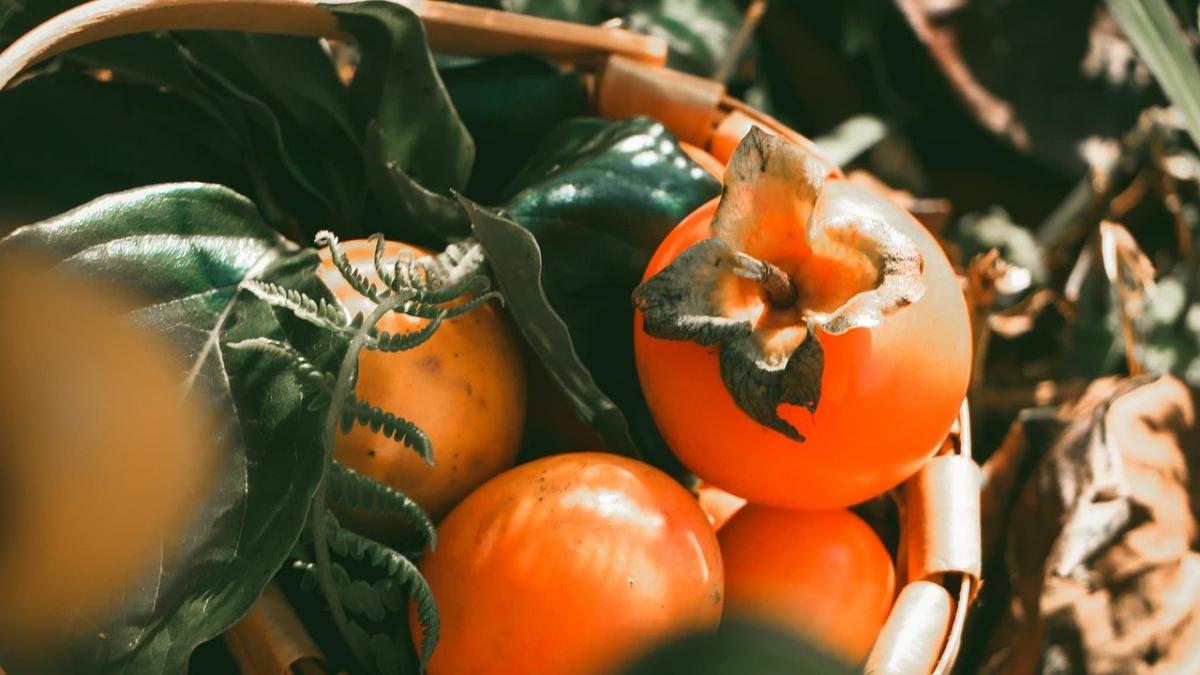
On July 19, the General Administration of Customs of China announced via its website that fresh persimmons from Tajikistan meeting the stipulated phytosanitary requirements would be permissible for import into China.
Persimmon cultivation in Tajikistan began in the early 1960s, with the first orchards established in the country’s central and southern regions before later spreading to other areas. Today, persimmons are a common fruit in Tajikistan, with popular varieties including Denau Sugar, Gosho Gaki, Kheakuma, Senju Mori and chocolate persimmons.
Tajikistan produces approximately 30,000 metric tons of persimmons annually, with an average yield of 30–35 metric tons per hectare. In 2022, the country exported over 2,000 metric tons of fresh persimmons with an estimated value of $422,000. In addition to fresh persimmons, Tajikistan also exports dried persimmons.
China has identified a total of three quarantine pests of concern in relation to fresh persimmons from Tajikistan, including the European grapevine moth (Lobesia botrana), San Jose scale (Diaspidiotus perniciosus) and apple mussel scale (Lepidosaphes ulmi). According to the GACC announcement, orchards intending to export fresh persimmons to China must establish a traceability system and adhere to good agricultural practices and integrated pest management techniques.
Packing facilities should maintain good hygiene standards and implement measures to prevent pest recontamination, such as the installation of insect-proof nets. During the packing process, persimmons destined for China must undergo procedures including washing, sorting, grading and the removal of damaged fruits to ensure that shipments are free from insects, mites, rotten fruits, branches, leaves, roots and soil.
In the first two years of exports, Tajikistan’s Food Safety Committee is required to take a random sample of 2% of fresh persimmons bound for China to check for the presence of pests of concern. The minimum sample size should be 1,200 fruits, with at least 60 of them cut open for inspection. The sampling rate will be lowered to 1% if there are no quarantine problems for two years, but the minimum sample size must remain at 600 fruits.
Image: Pixabay
This article was translated from Chinese. Read the original article.



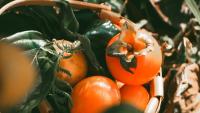
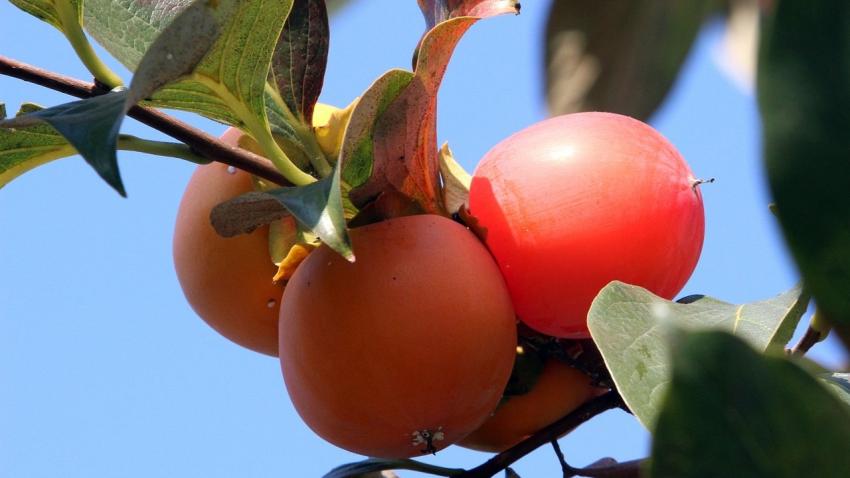
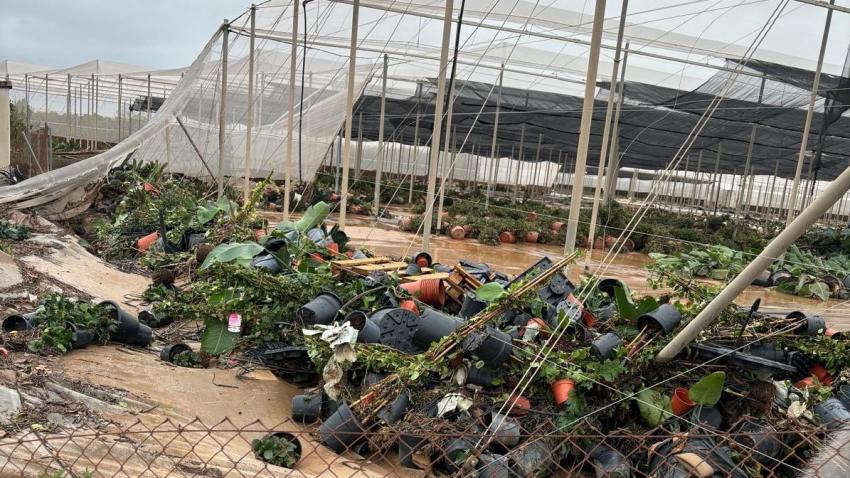

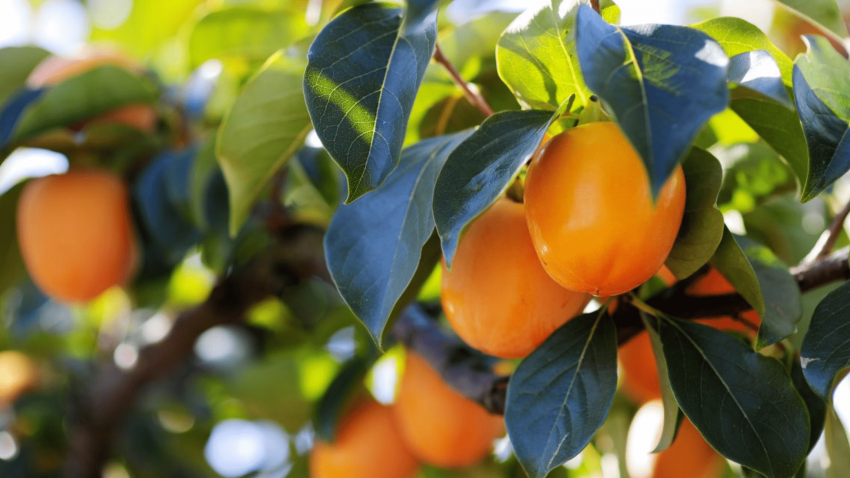







Add new comment